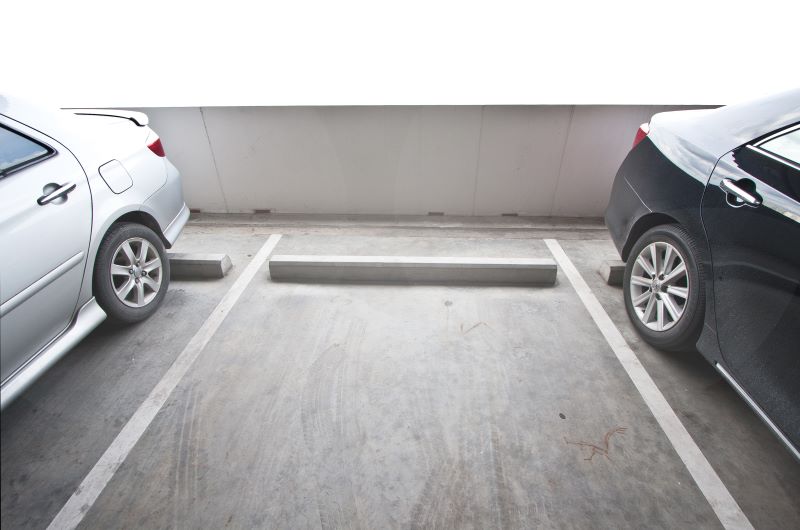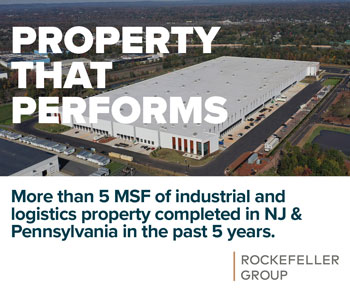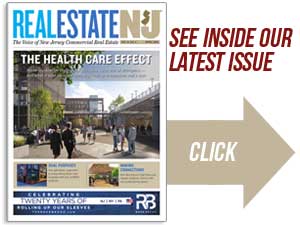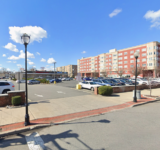By Joshua Burd
Demand for parking at multifamily properties in New Jersey is well below what state guidelines require, according to a newly released study by the Rutgers Center for Real Estate, highlighting the potential to reduce construction costs, improve housing affordability and soften the environmental impact of new development by easing state mandates.
The findings, which were based in part on a survey of 175 properties comprising more than 28,000 rental units, make the case for updating the standards that towns and cities have long used to guide land use and redevelopment. For instance, researchers found that parking usage at low- and midrise apartment communities equates to 1.41 cars per unit, notably less than the ratio of 1.97 spaces per unit that’s required by the state’s Residential Site Improvement Standards.
For high-rise properties, the Rutgers study implies a need of 1.01 spaces per unit, about 25 percent less than the RSIS requirement of 1.33.
“The results of this objective research provide conclusive and compelling data that can and should be utilized by both the public and private sector,” said Debra Tantleff, a member of the Center for Real Estate’s executive committee and the founding principal of Jersey City-based TANTUM Real Estate. “A thoughtful and intentional approach to reduce parking requirements will benefit municipalities, planners, developers/operators and, importantly, the end user while creating a pathway to address larger affordability challenges that we face as a state and country.”
Researchers and board members with the center launched the study early this year, seeking to capture fresh, real-time data for what’s long been a key issue in multifamily developments. The state guidelines often loom over such projects and can derail them when a governing body is unwilling to deviate from the ratios, as structured parking is among the biggest expenses for developers and a key factor in monthly rents for residents.
The Rutgers team, which detailed its findings in a new white paper, compiled parking ratios from three sources, including both the general survey and a more detailed subset of respondents that keep track of the cars associated with each unit. The third source was the 2021 5-Year American Community Survey conducted by the U.S. Census Bureau, which provided data from nearly 36,000 respondents in renter-occupied households.
Participants in the two-page Rutgers survey included developers, owners and managers of multifamily rental properties, resulting in data that included parking usage for studio, one-bedroom, two-bedroom and three-bedroom apartments. The study also distinguishes between garden and high-rise properties, in accordance with the RSIS format, with the former category comprising both low- midrise apartments.
Authors of the white paper also include Morris Davis, the Paul V. Profeta chair of real estate and the academic director of the Rutgers Center for Real Estate, as well as AvalonBay Communities Senior Vice President Ron Ladell, who chairs the center’s executive committee, and Rutgers PhD student Facundo Luna.
The center and the real estate industry at large will likely use the findings to push for reduced parking requirements and greater flexibility for local land use agencies, citing the cost of structured parking and its impact on rents. The white paper notes that “to the extent that higher construction costs must be accompanied by higher rents, the RSIS over-stipulation of required parking dramatically reduces the affordability of rental housing. If each parking space costs an average of $27,900 to build, and assuming RSIS over-requires parking by approximately 0.5 cars per unit on average, then the RSIS over-requirement of parking increases construction costs by approximately $13,950 per unit for every unit built.”
The researchers also note that “the environmental impact of parking surfaces is a growing concern, as parking contributes to urban heat islands and altered stormwater runoff, both of which exacerbate climate challenges,” while the concrete used to build indoor parking is a significant source of carbon dioxide emissions. They added that parking ratios must be reconsidered amid the growth of ride-sharing services and transit-oriented development.
“In response to all these factors — affordability goals, environmental sustainability and evolving transportation trends — numerous municipalities across the country are rethinking the appropriate amount of parking, and are proactively implementing the reduction and, in some instances, even the elimination of minimum parking requirements,” the research team wrote, later adding:
“By having access to granular parking data, it is possible to assess whether parking used
by renters aligns with RSIS requirements and whether any adjustments are necessary to RSIS
requirements in order to optimize and accommodate changing transportation trends and
preferences.”
The findings by the Center for Real Estate come five years after its last survey and white paper, which helped quantify the number of school-age children living at new, higher-density apartment buildings in the state. The study of more than 40,000 residential units in New Jersey found that the number of children living in such properties is closely tied to renter household incomes, the number of bedrooms and a property’s age, density and location, helping to demystify a topic that developers and local officials have long debated.
Rutgers launches study on parking usage at multifamily sites, seeking updated state guidelines










